New Milwaukee Apartment Building Closed For Health Emergency
Community Within The Corridor has high levels of dangerous chemical, many residents forced to leave.
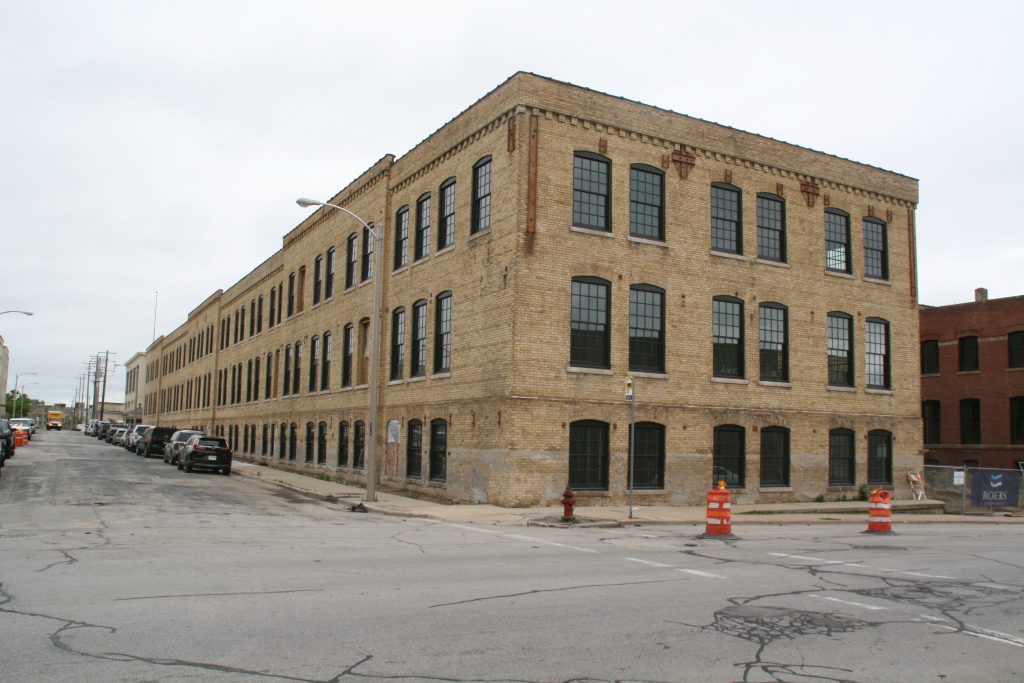
The eastern half of The Community Within The Corridor development in 2022. Photo by Jeramey Jannene.
Approximately 150 residents of a new Milwaukee apartment complex find themselves living out of a hotel after portions of the complex were found to have an airborne carcinogen present at nearly 200 times the state-mandated action level.
It’s a confusing situation that leaves the unborn children of “a handful” of pregnant residents at risk for fetal heart defects and other immunological disorders, other residents exposed to a chemical known to increase the odds of kidney and liver cancer given long-term exposure, the reputation of the largest private affordable housing development in state history possibly damaged and the Wisconsin Department of Natural Resources (DNR) expressing disbelief that people were even living in the building before a mitigation system was fully implemented and testing. It’s also exposed a weakness in the regulatory framework where various layers of government work to ensure buildings are safe and ready for occupancy.
On Saturday, the Milwaukee Health Department (MHD) issued an emergency health order that closed the eastern portion of The Community Within The Corridor (CWC) complex and initiated a resident evacuation. CWC, located at N. 32nd St. and W. Center St., includes 197 apartments created from the redevelopment of a long-vacant factory campus originally built for Briggs & Stratton. The redeveloped buildings opened in phases in 2022, with the now-closed portion opening at the end of the year. The project drew great fanfare for its size, catalytic impact on the neighborhood, plans to create a true community for residents and top-to-bottom equity focus.
As is standard for the redevelopment of a previously occupied site, an environmental assessment was done that determined the western half did not need further remediation while the eastern half would need remediation and mitigation work. The development team, Minnesota-based Roers Companies and local developers Que El-Amin, Mikal Wesley and Rayhainio Boynes, along with environmental consultant K. Singh & Associates, had been working with the DNR as far back as 2020 on a mitigation strategy for the legacy industrial environmental contamination.
The pollution found in the building, while elevated, was not unlike that of many other former industrial sites in the city that have been safely and successfully redeveloped.
But, according to the DNR, the development team and its consultant did not test and calibrate a “sub-slab vapor mitigation system” as requested. Such a system, custom designed for each building, starts underground where the contaminants are and uses pipes and fans to direct the vapors up and away from the building. The DNR was particularly concerned with the presence of trichloroethylene (TCE), an industrial solvent primarily used to degrease metal parts. TCE has been confirmed to pose dangerous risks to immune systems, cause certain kinds of cancer and potentially impact fetal development during pregnancy. The development team did install a mitigation system, but emailed correspondence between the DNR, Roers and K. Singh shows that it was still being tested after residents had moved in.
“It’s important to note that the DNR was not aware that the building had been occupied for several months until after repeated requests [were] made for this information since Monday, March 20,” said DNR bureau director for the division of environmental management Christine Sieger in a press conference Tuesday afternoon at City Hall. “The DNR has not had to work with this kind of situation previously.”
Sieger said the DNR learned residents were living in the building on Wednesday and at approximately 7 p.m. Thursday received test results, which dated back to February. She said the DNR immediately forwarded the results to the Wisconsin Department of Health Services (DHS) and MHD. The city health department says it received the information Friday and issued the health order Saturday that closed the building. A DHS representative said “a handful” of residents identified as pregnant are the most vulnerable population. The DHS representative said the compound would be metabolized and flushed from the body within about one day of a person being removed from exposure, but pregnant individuals and others should monitor their health. A meeting for residents was scheduled for Tuesday night, but closed to the media.
What exactly did the air quality test results show? DNR and city records show TCE vapor levels of 400 micrograms per cubic meter of air, while the DNR requires action when the level is at 2.1 micrograms. The TCE level in at least one spot in the building was found to be more than 190 times higher than the level at which intervention is required. Other areas showed no presence at all.
Representatives of Roers did not attend the press conference despite being listed in an advisory as a participant. Nor did any of the other development team members publicly attend. The development team issued a statement Monday evening that says the elevated TCE levels were only found in four of the 56 occupied apartments in the impacted building.
“Testing of our soil vapor mitigation system was completed successfully prior to the first resident move-ins in late 2022. As part of the scheduled ongoing air testing protocol, the latest testing revealed a significant increase in TCE levels in four occupied apartments, which may pose a health risk after extended exposure,” said the company. A DNR representative confirmed to Urban Milwaukee that a continuous monitoring component can be installed with such a system, but that the development team has never proposed one.
Roers said it only became aware of the test results on Wednesday, the same day the information was provided to the DNR. The company, according to multiple city officials, has supported the effort to relocate residents temporarily. Residents, according to a city official, are currently staying in a hotel. The city is paying for the costs initially, but expects to be reimbursed by Roers.
No party involved in the measure has offered a timeline for when residents could move back in, but privately Roers has already asked the DNR to reopen much of the three-story building.
Calling it the “low-hanging fruit,” the company asked to allow residents to move back into the second and third floor apartments. In an email sent to DNR officials Monday night, company vice president Shane LaFave said those areas were subject to only four instances where the threshold was exceeded, with a peak of 4 milligrams per cubic meter, and all were located near the same stairwell. LaFave asked to use a portable gas chromatograph (sensor) to establish that the area was safe. “We will still continue to work on the other areas with higher levels/frequency of exceedances throughout this process, but it seems unnecessary to have those residents who live in unaffected areas have to continue to go through such disruption,” wrote LaFave. DNR hydrologist Jane Pfeiffer denied the request and provided a bullet-point list of recommendations and concerns, including that a portable chromatograph would not be sufficient to understand the complete condition, that the sub-slab (below ground) system needs improvement, that an experienced National Radon Proficiency Program consultant should be retained and that a newly-installed temporary ventilation system would need to be turned off for 24 hours before the DNR was comfortable with the assessment data.
A March 25 email from K. Singh CEO Pratap Singh, and a March 28 follow-up, detail the efforts underway to mitigate the issue, including sealing a sump and several other areas, installing a permanent large blower and performing a battery of tests on the structure.
The City of Milwaukee’s role in the entire situation is limited, at least according to city officials. Department of Neighborhood Services (DNS) Commissioner Erica Roberts said both portions of the building were given temporary occupancy clearance, as is normal for new apartment buildings when the structures are nearly complete. Applications for full occupancy permits have been submitted, but not issued. Roberts said that in either permit situation, DNS does not check DNR records or require DNR sign-off to issue a permit. She said DNS was not informed by the DNR of any issues with the project, until the emergency closure. Roberts said DNS evaluated the building for compliance with building, fire and zoning codes.
Sieger said the DNR’s guidance was in writing, “a number of times,” to Roers and K. Singh. “So we had been very clear with [Roers] that our recommendation was the building should not be occupied until we knew the system was effective,” she said.
Steve Mahan, city grants director, opened the press conference, but said his role Tuesday was leading the city’s emergency management team and focusing on the safety of residents. It wasn’t his first press conference for the project. Mahan spoke at a June 2020 press conference where the city awarded $1 million of block grant funding to the $68 million project. The Department of City Development held a staff gathering at the facility in December as part of a Redevelopment Authority of the City of Milwaukee meeting where officials were given a tour of the complex, including units in the eastern building.
The redevelopment was designed by Continuum Architects + Planners and general contracting was led by Greenfire Management Services. Layouts include a mix of studio, one, two, three and four-bedroom floorplans. All of the three and four-bedroom units have been leased according to the leasing website. All of the units are restricted to households making no more than 80% of the area median income, with many having a cap of 60% of the area median income level. The primary funding sources for the development were low-income housing and historic preservation tax credits.
Residents remain in the western portion of the complex. A separate DNR evaluation process exists for that half of the complex. Email records indicate that the DNR was aware in 2022 that the western portion of the complex was occupied.
For additional details on the project, see our earlier coverage. For a detailed history of the correspondence between the development team and DNR, see the DNR website.
Photos
Rendering and Site Plan
Pre-Construction Photos
If you think stories like this are important, become a member of Urban Milwaukee and help support real, independent journalism. Plus you get some cool added benefits.
More about the Community Within The Corridor development
- The Community Within The Corridor Celebrates Completion, Reopening - Jeramey Jannene - May 30th, 2025
- Plats and Parcels: Settlement Reached For Contaminated Apartment Complex - Jeramey Jannene - Nov 26th, 2023
- Eyes on Milwaukee: Troubled Apartment Complex Paying Tenants To End Leases - Jeramey Jannene - Jun 19th, 2023
- Plats and Parcels: State Could Prosecute Community Within Corridor Developers - Jeramey Jannene - Apr 2nd, 2023
- Eyes on Milwaukee: New Milwaukee Apartment Building Closed For Health Emergency - Jeramey Jannene - Mar 28th, 2023
- Eyes on Milwaukee: Inside Wisconsin’s Largest Private Affordable Housing Complex - Jeramey Jannene - Dec 30th, 2022
- Friday Photos: Community Within The Corridor Expects First Residents In July - Jeramey Jannene - May 27th, 2022
- Friday Photos: The Community Takes Shape Within the Corridor - Jeramey Jannene - Aug 20th, 2021
- Eyes on Milwaukee: Biggest Ever Affordable Housing Project Advances - Jeramey Jannene - Jun 30th, 2020
- Plats and Parcels: Huge Affordable Housing Project for 32nd and Center - Jeramey Jannene - Jun 14th, 2020
Read more about Community Within The Corridor development here
Eyes on Milwaukee
-
Church, Cupid Partner On Affordable Housing
 Dec 4th, 2023 by Jeramey Jannene
Dec 4th, 2023 by Jeramey Jannene
-
Downtown Building Sells For Nearly Twice Its Assessed Value
 Nov 12th, 2023 by Jeramey Jannene
Nov 12th, 2023 by Jeramey Jannene
-
Immigration Office Moving To 310W Building
 Oct 25th, 2023 by Jeramey Jannene
Oct 25th, 2023 by Jeramey Jannene


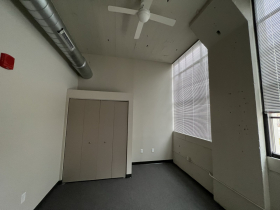
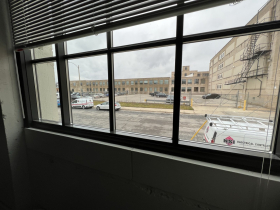
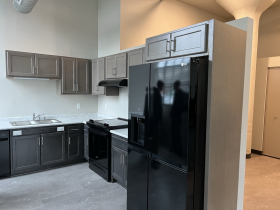
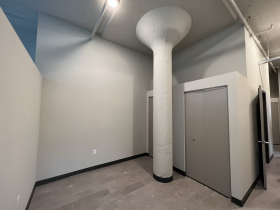
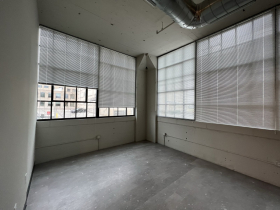
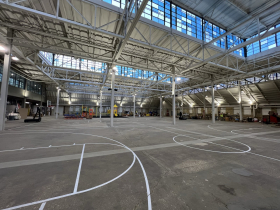
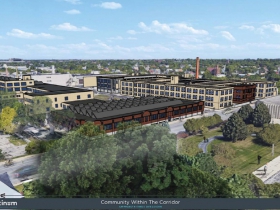
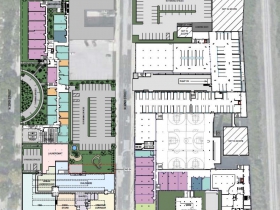
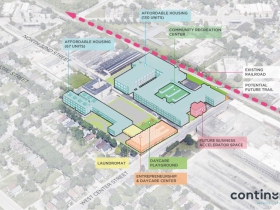
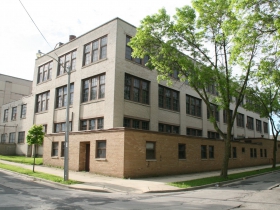
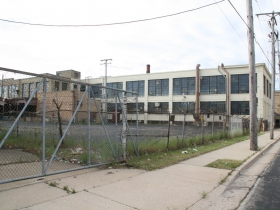
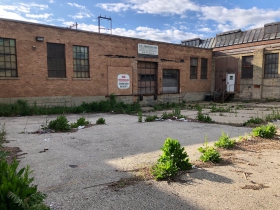
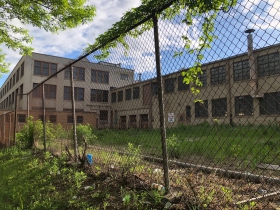
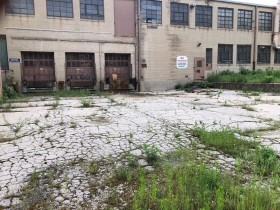
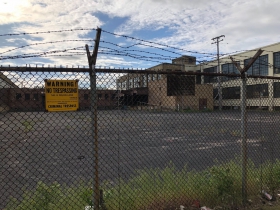



















One would hope that the remediation system was up and
running properly and passed testing, and that an undetected
malfunction (clogged vent pipe?) occurred afterward.
If not, let’s have big fines, jail time, and reparations
in the form of “healthimony”
This should be a heads-up to check the scores of
industrial sites similarly converted. To whatever degree
possible, potential exposure to these chemicals
should be added to the health records of former employees
who worked at such sites locally, and nationally to
employees anywhere who worked in the same or
similar industries.
Many a health diagnosis could be helped by
supplying such information.
Investigations should be done with the knowledge that
in some cases there is not a guilty party.
This is appalling! There must be accountability for exposing these folks to poisons.